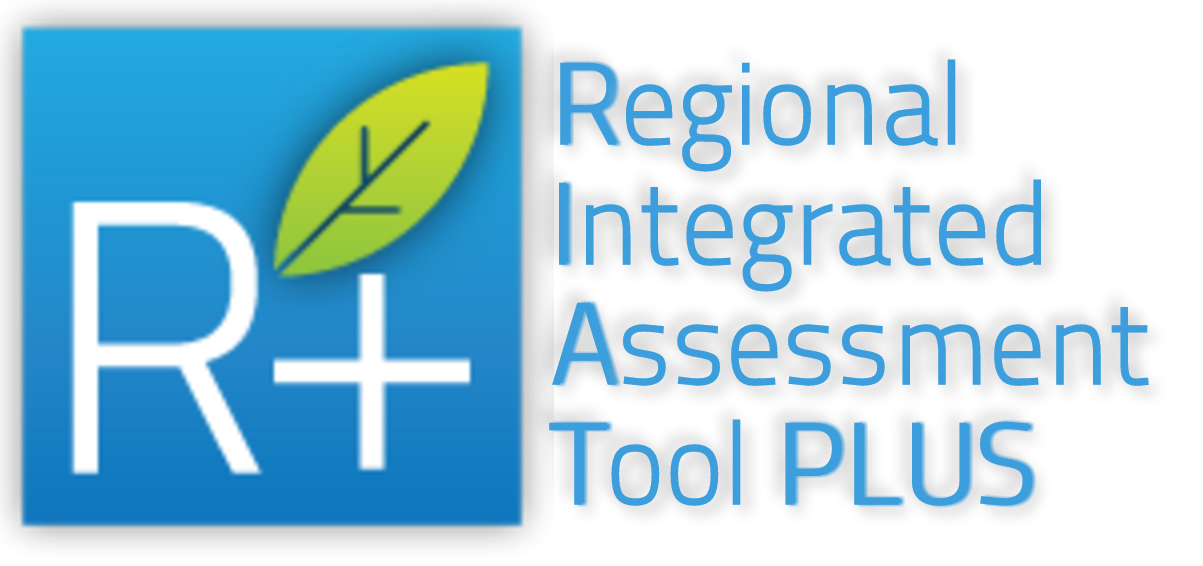References
Blond et al., Optimiser le coût et l’efficacité des stratégies de réduction de la pollution de l’air, HPC days 2014 : le HPC au coeur de la recherche, Strasbourg, 24 January 2014. (presentation (FRA))
C. Carnevale, G. Finzi, E. Pisoni, M. Volta, G. Guariso, R. Gianfreda, G. Maffeis, P. Thunis, L. White, G. Triacchini (2012). An integrated assessment tool to define effective air quality policies at regional scale, Environmental Modelling and Software, 38, 306-315. (link)
52nd IEEE Conference on Decision and Control - 10 -13 December 2013, Firenze, Italy.
Accent Plus Symposium, 17 - 20 September 2013, Urbino, Italy.
12th International Conference on Atmospheric Sciences and Applications to Air Quality, 2 -5 June 2013, Seoul, Korea
8th International Conference on Air Quality – Science and Application, 19 – 23rd March 2012, Athens, Greece.
24th Accent/Gloream workshop, 17-19 October 2012, Barcelona, Spain.
3rd Accent Symposium, 13 - 16 September 2011, Urbino, Italy.
Amann, M., Bertok, I., Cofala, J., Gyarfas, F., Heyes, C., & Klimont, Z. et al. (2004a). Clean air for europe (CAFE) programme. Tech. rep. Laxenburg, AU: IIASA.
Carnevale, C., Pisoni, E., & Volta, M. (2007). Selecting effective ozone exposure control policies solving a two-objective problem. Ecological Modelling, 204, 93–103.
Carnevale, C., Finzi, G., Pisoni, E., & Volta, M. (2009). Neuro-fuzzy and neural network systems for air quality control. Atmospheric Environment, 43, 4811-4821.
Carslon, D., Haurie, A., Vial, J.-P., & Zachary, D. (2004). Large-scale convex optimization methods for air quality policy assessment. Automatica, 40, 385–395.
Friedrich, R., & Reis, S. (2000). Tropospheric ozone abatement. Springer-Verlag.
Guariso, G., Pirovano, G., & Volta, M. (2004). Multi-objective analysis of ground-level ozone concentration control. Journal of Environmental Management, 71, 25–33.
Oxley, T., ApSimon, H., 2007. Space, time and nesting Integrated Assessment Models. Environemntal modelling and software 22, 1732–1749.
Pisoni, E, Carnevale, C., & Volta, M. (2009). Multi-criteria analysis for PM10 planning. Atmospheric Environment, 43, 4833-4842.
Rabl, A., Spadaro, J. V., & Zwaan, B. V. D. (2005). Uncertainty of air pollution cost estimates: To what extent does it matter. Environmental Science & Technology, 39, 399–408.
Reis, S., Nitter, S., & Friedrich, R. (2005). Innovative approaches in integrated assessment modelling of European air pollution control strategies - Implications of dealing with multi-pollutant multi-effect problems. Environmental Modelling & Software, 20, 1524–1531.
Ryoke, M., Nakamori, Y., Heyes, C., Makowski, M., & Sch¨opp, W. (2000). A simplified ozone model based on fuzzy rules generation. European Journal of Operational Research, 122, 440–451.
Shih, J.-S., Russell, A., & McRae, G. (1998). An optimization model for photochemical air pollution control. European Journal of Operational Research, 106, 1–14.
Thunis, P., Rouil, L., Cuvelier, C., Stern, R., Kerschbaumer, A., Bessagnet, B. et al. (2007). Analysis of model responses to emission-reduction scenarios within the CityDelta project. Atmospheric Environment, 41, 208–220.
Venkatram, A., Karamchandani, P., Pai, P., & Goldstein, R. (1994). The development and application of a simplified ozone modeling system (SOMS). Atmospheric Environment, 28, 3665–3678.






